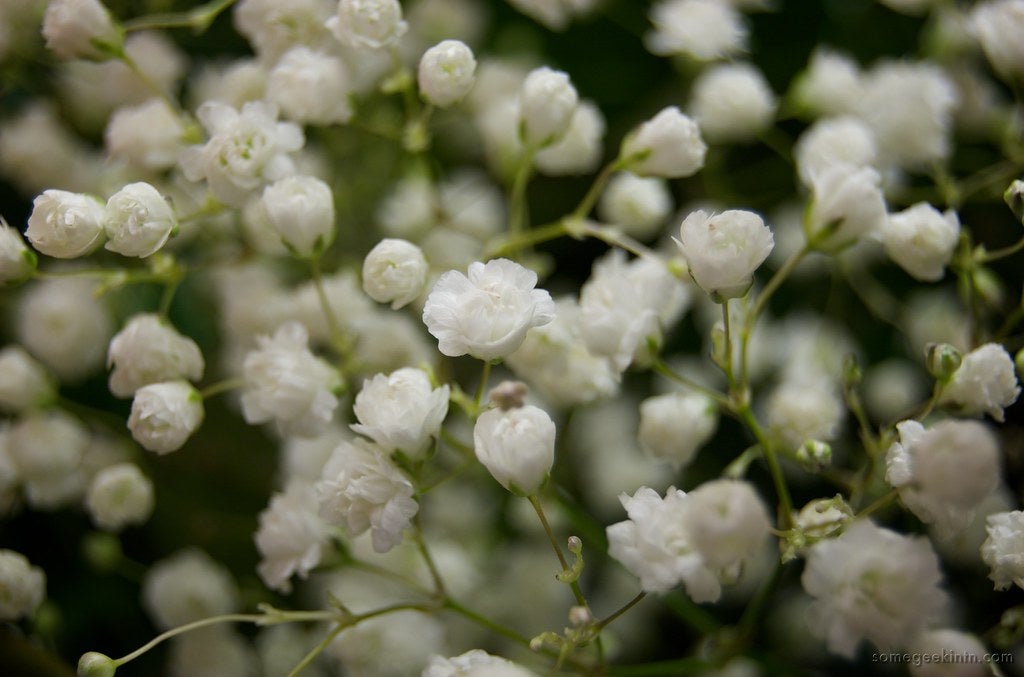Sowing Baby’s Breath Seeds: Learn How To Plant Gypsophila Seeds


Baby's breath is an airy delight when added to specialty bouquets or just as a nosegay in its own right. Growing baby's breath from seed will result in clouds of the delicate blooms within a year. This perennial plant is easy to grow and low maintenance. Read on for more tips on how to plant Gypsophila, or baby's breath.
Baby’s Breath Seed Propagation
Easily recognizable from bridal displays to any occasion flower arrangements, baby's breath is a hardy perennial. It is suitable for USDA zones 3 to 9. Plants can be easily started from seed. Baby's breath seed propagation can be done early indoors in flats or planted outside after all danger of frost has passed.
Transplants and seeds should go outdoors after the threat of any frost has passed. Direct sowing baby's breath seeds in 70 degree F. (21 C.) soil will result in faster germination.
How to Plant Gypsophila Indoors
Plant seed in flats or small pots six to eight weeks before planting outdoors. Use a good seed starter mix and sow seed with just a dusting of soil over.
Keep the soil moist and warm when sowing baby's breath seeds. The use of a heat mat can speed germination, which can occur in just ten days.
Keep seedlings in bright light, moderately moist, and feed them at one month with a half strength plant food.
Grow seedlings until they have two pairs of true leaves. Then begin to harden them off, gradually getting plants used to outdoor conditions for a week. Transplants are subject to shock. Use a transplant or starter food after the plants go in the ground.
Sign up for the Gardening Know How newsletter today and receive a free copy of our e-book "How to Grow Delicious Tomatoes".
Growing Baby's Breath from Seed Outdoors
Prepare a garden bed by tilling deeply and removing rocks and other debris. Incorporate leaf litter or compost if the soil is heavy or contains a lot of clay.
Sow seeds thinly, 9 inches (23 cm.) apart once any chance of frost is over. Spread 1/4 inch (6 mm.) of fine soil over the seeds and firm it. Water the bed and keep it lightly moist.
Thin seedlings if they are crowded. Use organic mulch between the plants, keep weeds pulled, and water weekly. Fertilize with a diluted fertilizer or compost tea when plants are four weeks old.
Additional Care for Baby’s Breath
Growing baby's breath from seed is easy and plants may produce flowers the first year. Once all blooms are open, cut the plant back to force a second flush.
Water in the morning or at the root zone to prevent common fungal diseases. Few pests bother baby's breath but they may get attacked by aphids, leafhoppers, and slugs.
For fresh flowers, cut stems when partially open. To dry sprays, harvest stems when in full bloom and hang in bundles upside down in a warm, dry location.

Bonnie Grant is a professional landscaper with a Certification in Urban Gardening. She has been gardening and writing for 15 years. A former professional chef, she has a passion for edible landscaping.